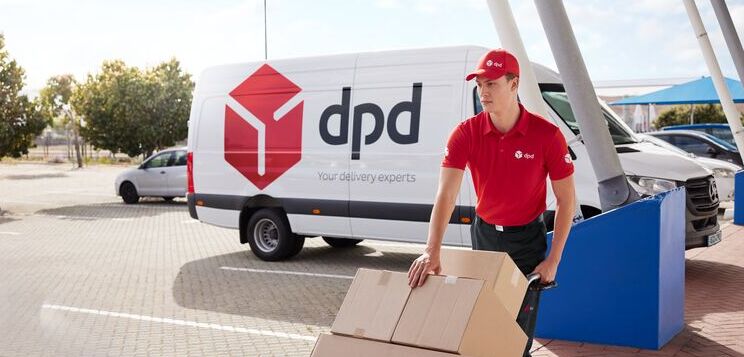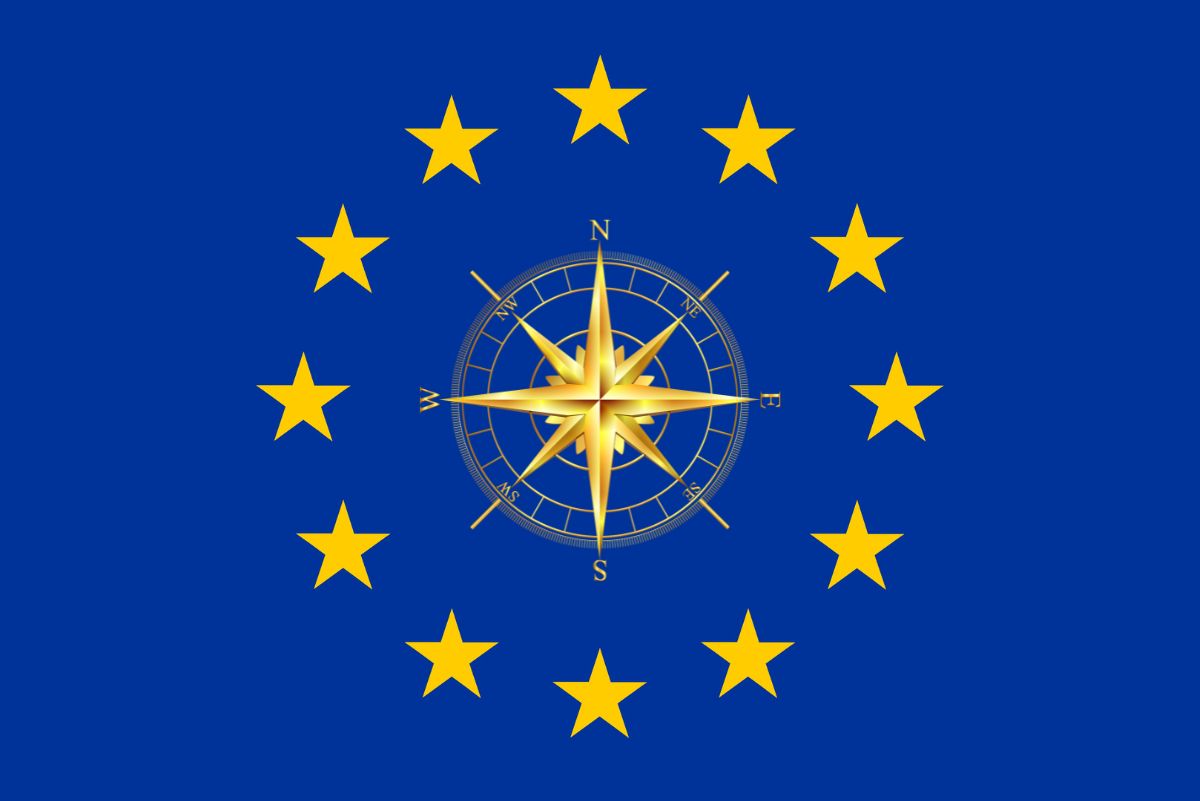Reinventing Organizations to Drive Agility in the Digital Age
Could self-organization make your supply chain more agile?
McKinsey estimates that roughly 14% of the global workforce will have to switch occupational categories by the year 2030. Addressing the skills gap to deal with the fast pace of automation and digitization is extremely important. However, mastering technology alone will not drive the success of digital transformation. The real key to success is your team’s ability to take charge of your organization’s digital strategy and its execution. What does this mean for leadership? Is the management hierarchy still applicable in this age?
Gartner argues that “hierarchical organization structures are too slow to address the needs of digital businesses.” They offer some useful insights for supply chain organizations that want to become more adaptive in this report.
Holacracy is one of several systems of self-management organizations are using to gain that adaptability. At AIMMS, we adopted Holacracy in late 2016, so this subject is close to our hearts.
How we are transitioning away from Hierarchy
A few years ago, I came across a book called Reinventing Organizations by Frederic Laloux. In this book, Laloux explains how every time humanity has shifted to a new stage of consciousness, it has also invented a radically more productive organizational model. He argues that we are currently living in such a shift in consciousness. In the resulting organizational model, which Laloux color-coded as Teal, organizations adopt a different set of management principles and practices. According to Laloux, Teal organizations have three things in common: they are purpose-driven, they apply self-management, and strive for wholeness.
At AIMMS, we have embraced Holacracy to bake in two of these three elements: to become more purpose-driven and apply self-management. Holacracy aims to help organizations pursue their purpose and provides a self-management practice in which authority and decision-making are distributed to teams and roles rather than through a management hierarchy.
What changes did we make at AIMMS?
Holacracy aims to help organizations pursue their purpose and provides a self-management practice – Tweet this
At AIMMS, we are now organized in Circles, each with its purpose that contributes to our greater purpose. Each person within AIMMS holds several roles, with their purpose and accountabilities. Within a circle, one of the circle members holds the role of the circle’s Lead Link. Though this lead link has decision power, for example over the circle’s strategy and the specific accountabilities of the lead link role, the person fulfilling this role has no hierarchical power over the other circle members, as a traditional manager would have.
Circle members are empowered to make autonomous decisions on the accountabilities that their roles hold, serving the circle’s purpose. They don’t need to go to the lead link for approval. This doesn’t mean there are no rules. Holacracy offers a lightweight but very explicit ruleset that sets clear expectations and makes decision-making authority transparent, as explained on HolacracyOne’s website.
Unlearning to be a manager
This shift in decision power comes with its own set of challenges. For managers, there is a learning curve, or rather an unlearning curve, involved. As AIMMS’ former “CEO,” I’ve had to learn to let go of control and let trust in. This is easier to do when things go smoothly but unlearning to take back control when things get tough is difficult. More subtle but just as important, is letting go of taking control to protect colleagues and teams, when they get into a rough spot. This is a hard habit to unlearn.
Apart from the things I am unlearning, I am learning to listen more and talk less. And especially to listen more deeply, not only to what is said but also to what is not said. What is expressed in body language or by others staying silent. I am learning to contribute, not by leading with my thinking and decision-power, but by serving the thinking and decision-power of my co-workers. I am learning to trust the abilities of my colleagues and our teams to make much better and much faster decisions than when things have to go up and down the hierarchy.
In short, in a purpose-driven and self-managed organization, everyone – including former managers – learn to alternate between serving and leading depending on the situation. We gradually get used to – and become better at – working with role-based, distributed power. By unlearning my hierarchical power traits and getting skilled in serving and leading without applying hierarchical force, the power and intellect of one makes space for the collective distributed power and intellect of many. This enhances our organization’s ability to make timely decisions and work effectively towards our purpose.
In a purpose-driven and self-managed organization, everyone learns to alternate between serving and leading depending on the situation. – Tweet this
Could self-organization make your supply chain more agile?
In a supply chain context, leaders have been traditionally focused on accountability, predictability, and risk minimization. A hierarchical organizational model makes sense in that context as it gives leaders more control over everyday decision-making. However, as Gartner notes, it also makes it “difficult for supply chains to collaborate and adapt in a disruptive digital world.” Gartner recommends that organizations start moving beyond the organizational hierarchy by shifting from “management by control” to “leadership through governance.” They also recommend that supply chain leaders “break down boundaries” by using “teams that cut across traditional functions, geographies and business units.”
I welcome you to read Gartner’s Digital Supply Chain Leaders Must Move Beyond Organizational Hierarchies for research insights on building this more adaptive organizational strategy.





